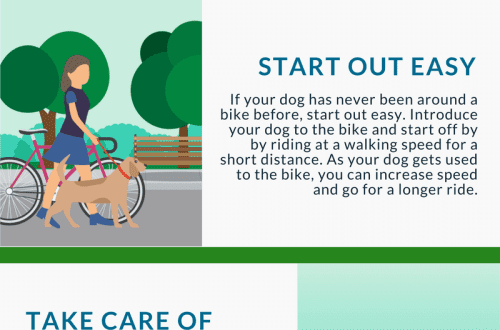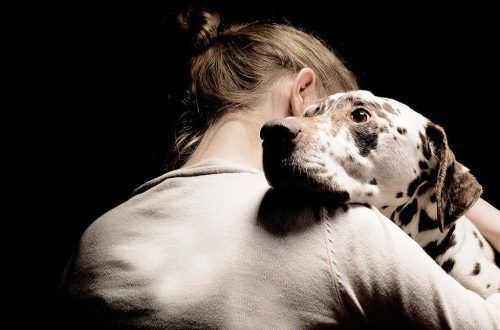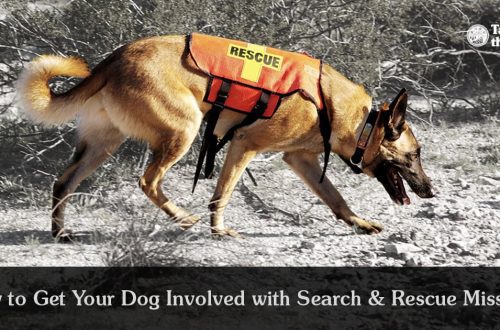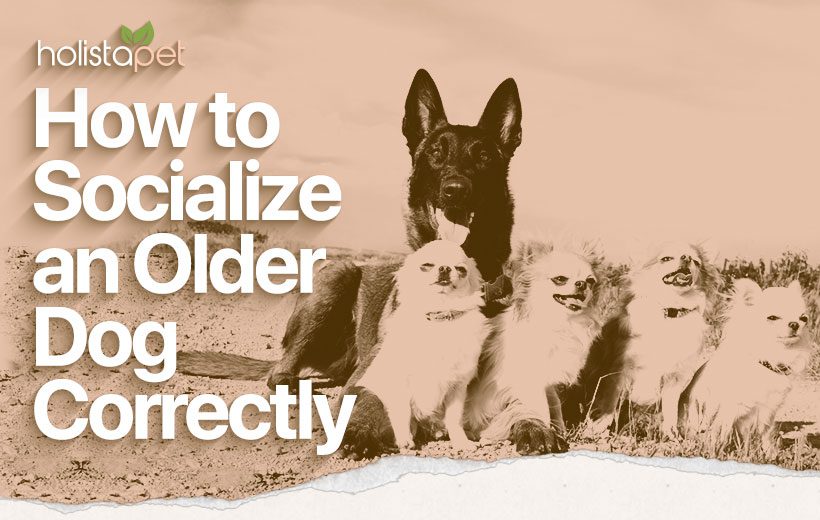
Савети за социјализацију старијих паса
Puppies are socialized at an early age, giving them the opportunity to experience as many new experiences as possible before reaching 12 weeks of age. Sometimes socialization is also necessary for an adult dog, such as if you have adopted an older dog that has never been trained in the necessary social skills. Or if the pet has simply been away from other people and/or pets for too long. Whatever the reasons, methods of socializing dogs differ depending on their age.
Садржај
Socialization is the practice of getting your dog used to strangers and pets, which helps him learn to behave better in such environments. During the socialization process, the dog will spend time with new people, including children, or other pets in order to feel more comfortable in such situations.
Signs of Lack of Socialization Skills
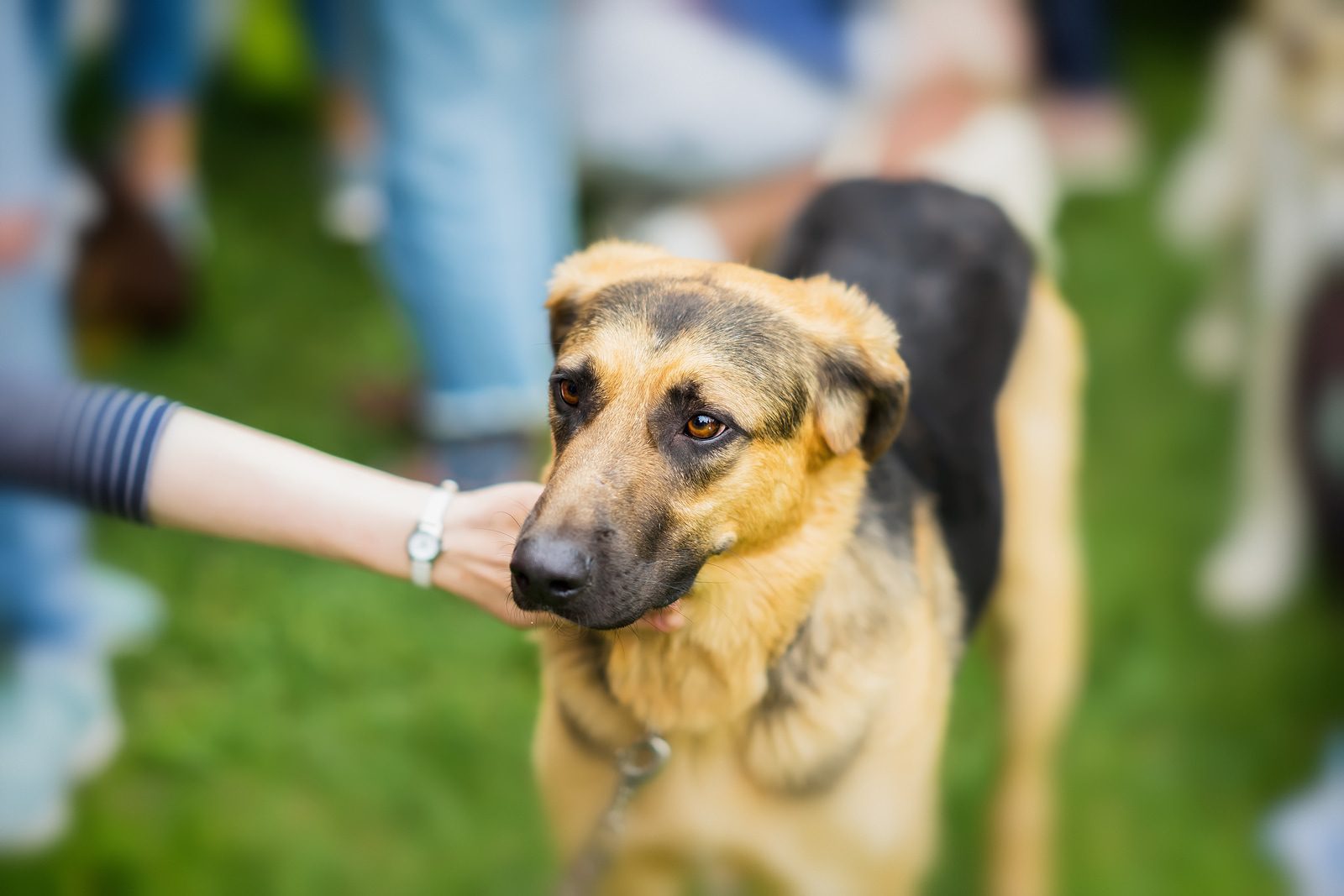 Owners don’t want their dogs to jump on people, bite children, or cringe at the sight of a larger dog. Without proper socialization, pets can get excited in a new environment and be afraid of everything unfamiliar. This can cause serious behavioral problems, including aggression and anxiety. Dogster highlights the following signs that indicate that an adult dog needs socialization:
Owners don’t want their dogs to jump on people, bite children, or cringe at the sight of a larger dog. Without proper socialization, pets can get excited in a new environment and be afraid of everything unfamiliar. This can cause serious behavioral problems, including aggression and anxiety. Dogster highlights the following signs that indicate that an adult dog needs socialization:
- She is shy or behaves aggressively towards people or other animals.
- When approached by the owner or a stranger, her hair stands on end.
- She gets nervous while walking.
- She is shy of other dogs or people.
- She is easily aroused, causing anxiety in other pets and people.
Socialization of adult dogs
Socializing a puppy does not require much effort. You need to show him as much as possible of the new in order to acquaint him with the outside world. At the right age, dogs easily absorb new experiences, forming ideas of what is normal. Socializing an older dog can be tricky. Depending on the dog’s size and breed, its aggressive reaction to a person or environment can create a dangerous situation. Here are a few ways to safely socialize an adult dog.
- Use a muzzle: it will help prevent unpleasant incidents if the dog starts to behave aggressively. “In addition, when a dog is muzzled, people around him feel more relaxed around him,” says Cesar’s Way. Dogs are sensitive to their owners’ moods, so if you and the other people your dog interacts with are calm and relaxed, they’re more likely to stay calm and form positive associations.
- Take your dog for walks: there she will not only get acquainted with new sights, sounds, smells, people and animals, but also spend the accumulated energy, which will help the dog to be more calm. Do not pull on the leash or scold her if she barks or reacts in an undesirable way. Instead, distract your dog with a treat or favorite toy, especially if he is starting to get scared. Sometimes, to calm the pet, just turn around and go the other way.
- Prepare your pet for a visit to the dog park: this is a great place to socialize your dog to other dogs and people. Remember that immediately taking him to such a place is like throwing a child who is just learning to swim into the deep part of the pool. First, take your dog for a few walks around the perimeter of the park, allowing him to observe other animals from a safe distance. Gradually allow her to approach the fence to sniff and interact with other dogs, and give treats if she is acting friendly to reinforce positive associations. If your pet reacts fearfully or aggressively, move away from the fence and carefully try again after a while.
- To successfully socialize a dog to people, Introduce her to friends and family one by one. While keeping your dog on a leash, ask new people to approach slowly and offer treats while speaking in a quiet, calm, reassuring voice. Avoid squeaky lisping, which can frighten the animal. Allow a new friend to give a treat or hold out a favorite toy so that the pet develops positive associations with this person. If the dog backs away or cowers, don’t insist, as this can lead to more anxiety. Try to renew your acquaintance another time. Choose a time to do this when your dog is in a playful or joyful mood.
- Keep calm and act normal: The worst thing you can do when your dog gets frightened and starts to worry is to draw his attention to such situations. This will only increase her fear. It is best to ignore the dog’s anxious behavior by acting calm and relaxed, thereby demonstrating to him that there is nothing to be afraid of.
The main thing to remember when teaching socialization skills to an adult dog is that such training takes time and repetition. Be patient with your dog and don’t be discouraged if he learns slowly. Creating a calm and loving environment for the dog, positive associations with each new experience, will go a long way in dispelling fears and helping him to become happy and calm. And if you ever need extra help socializing your adult dog, talk to a professional dog trainer or veterinarian.



